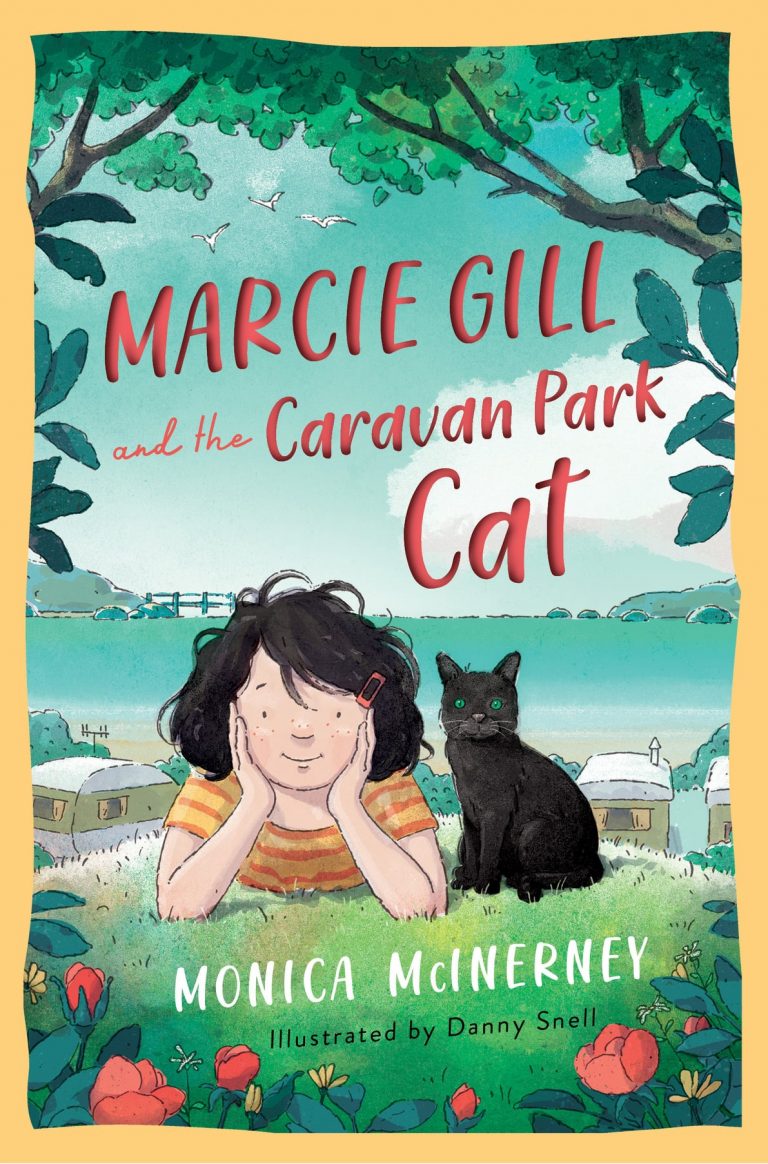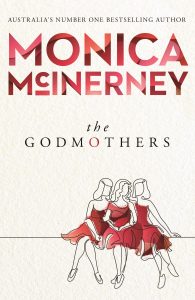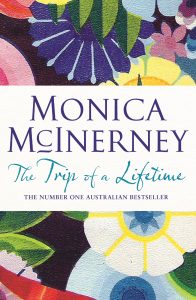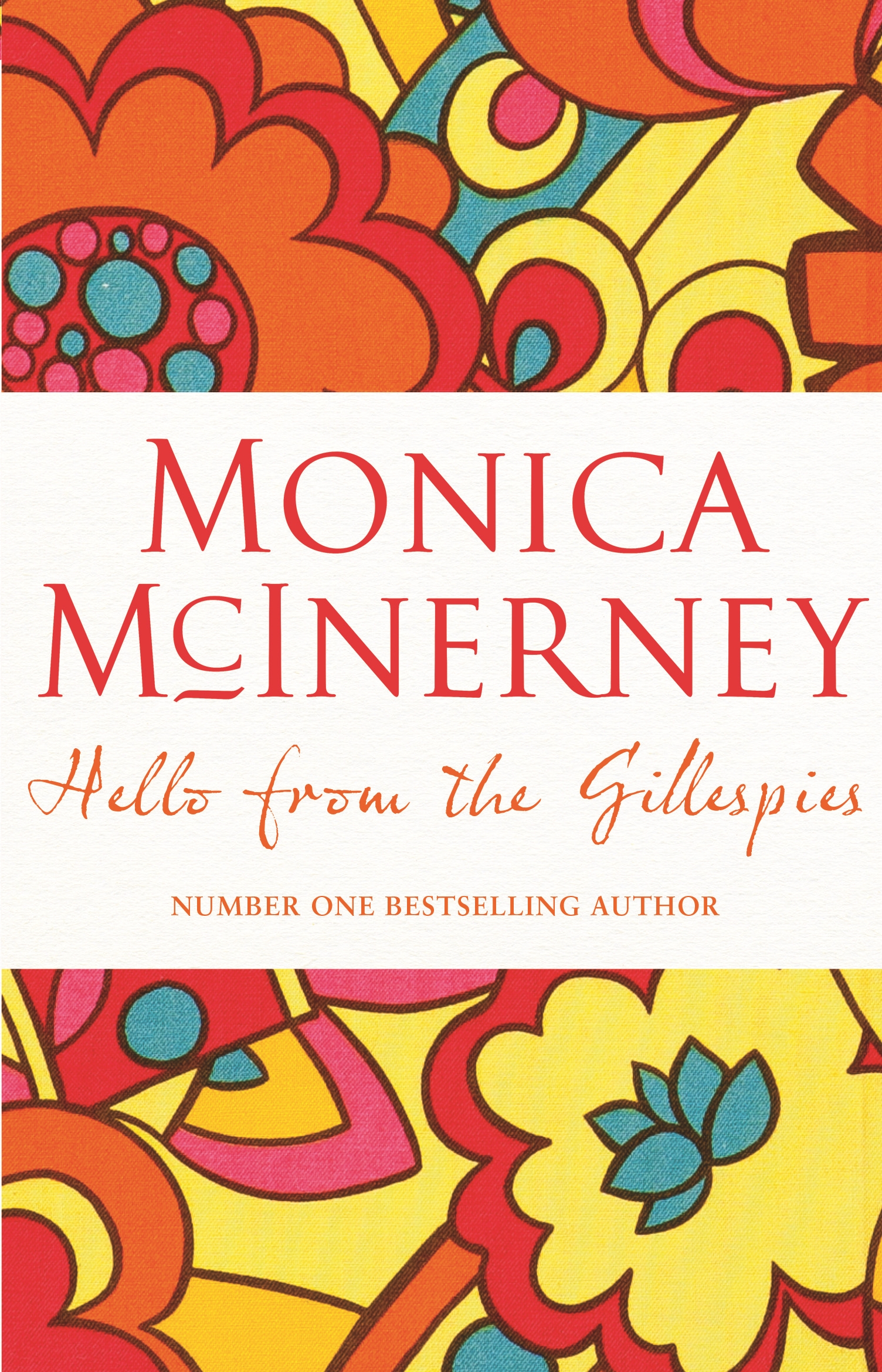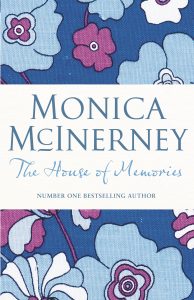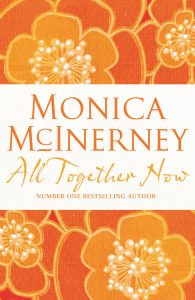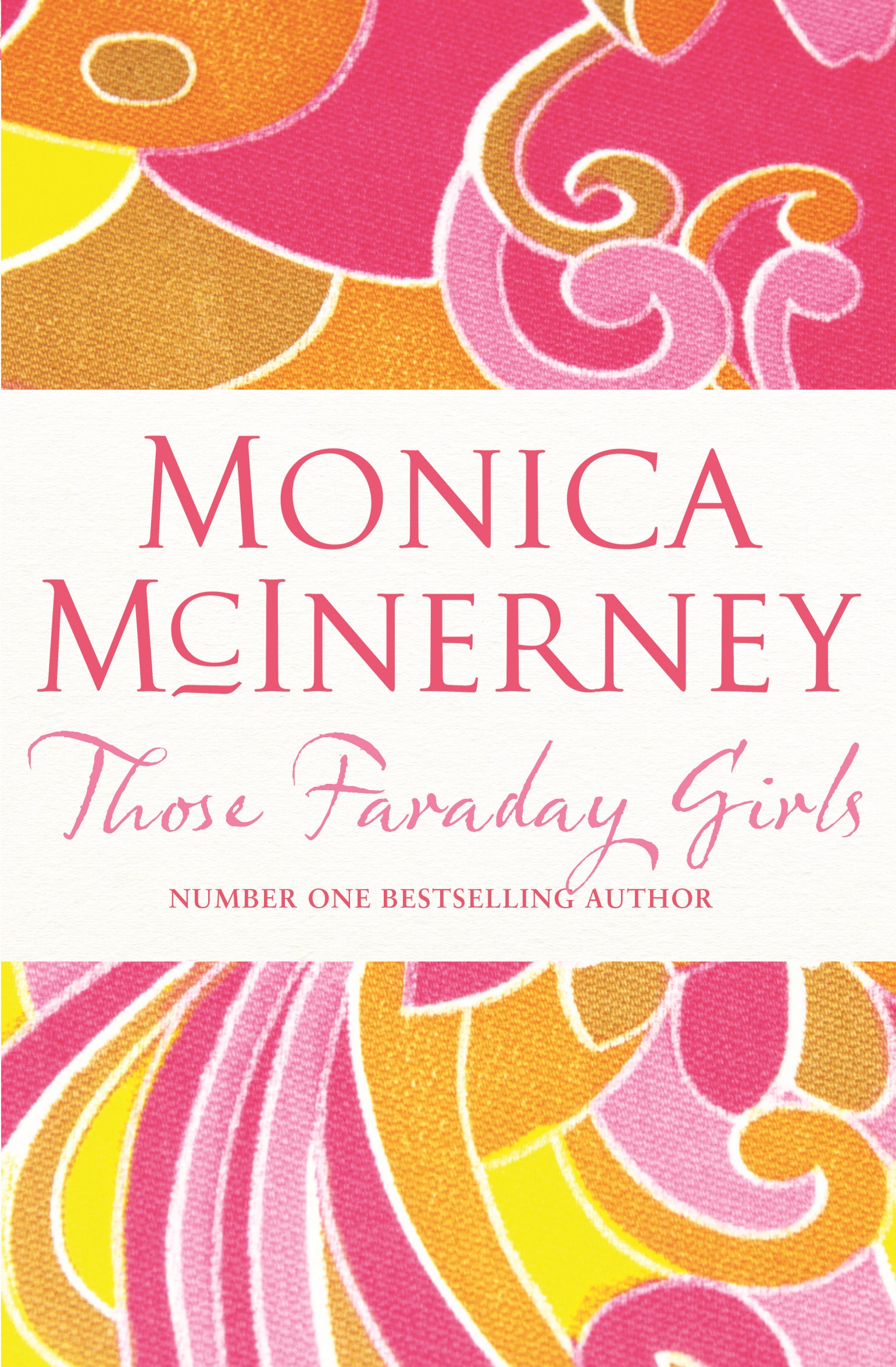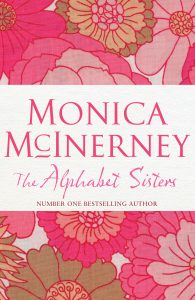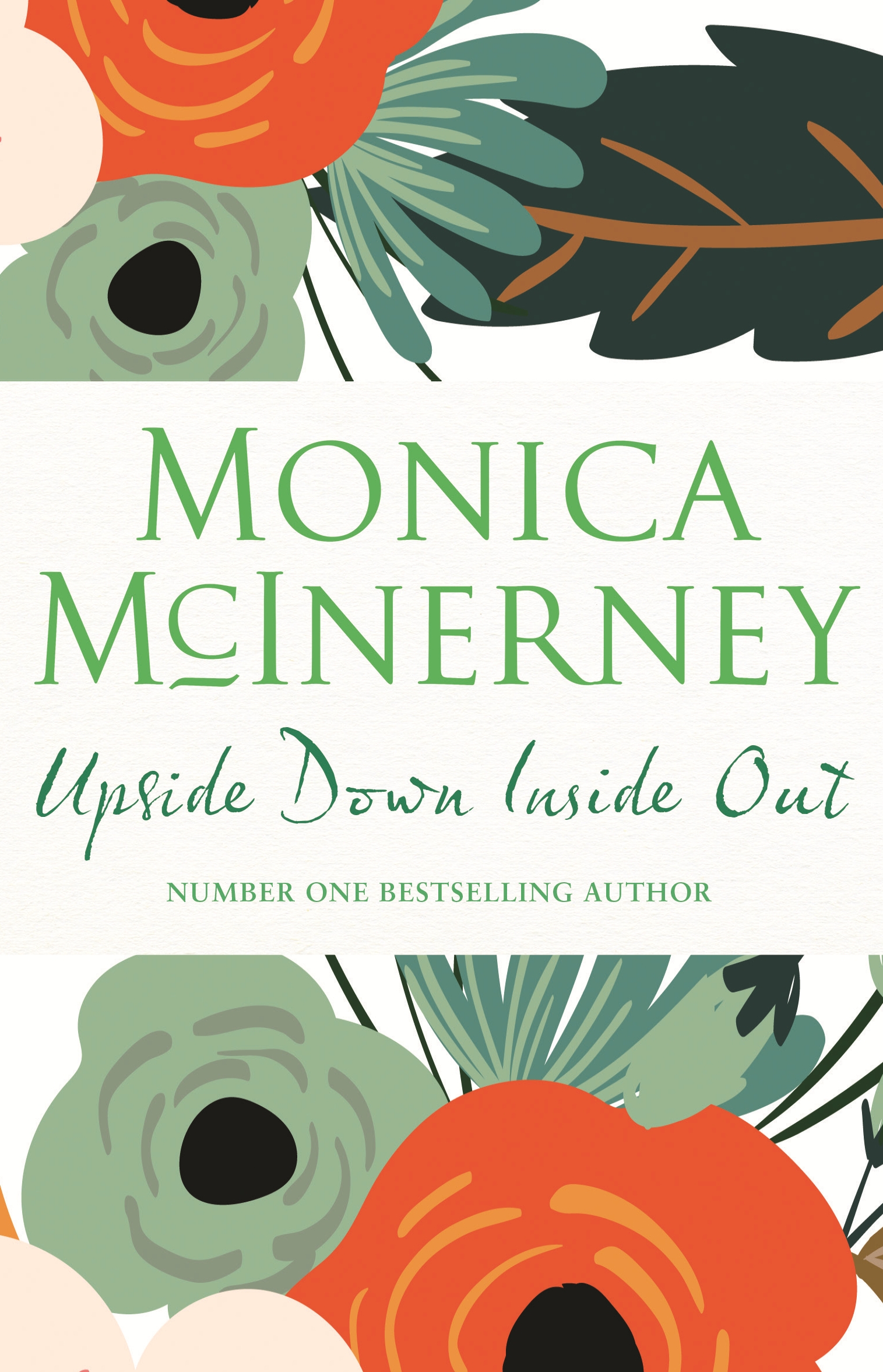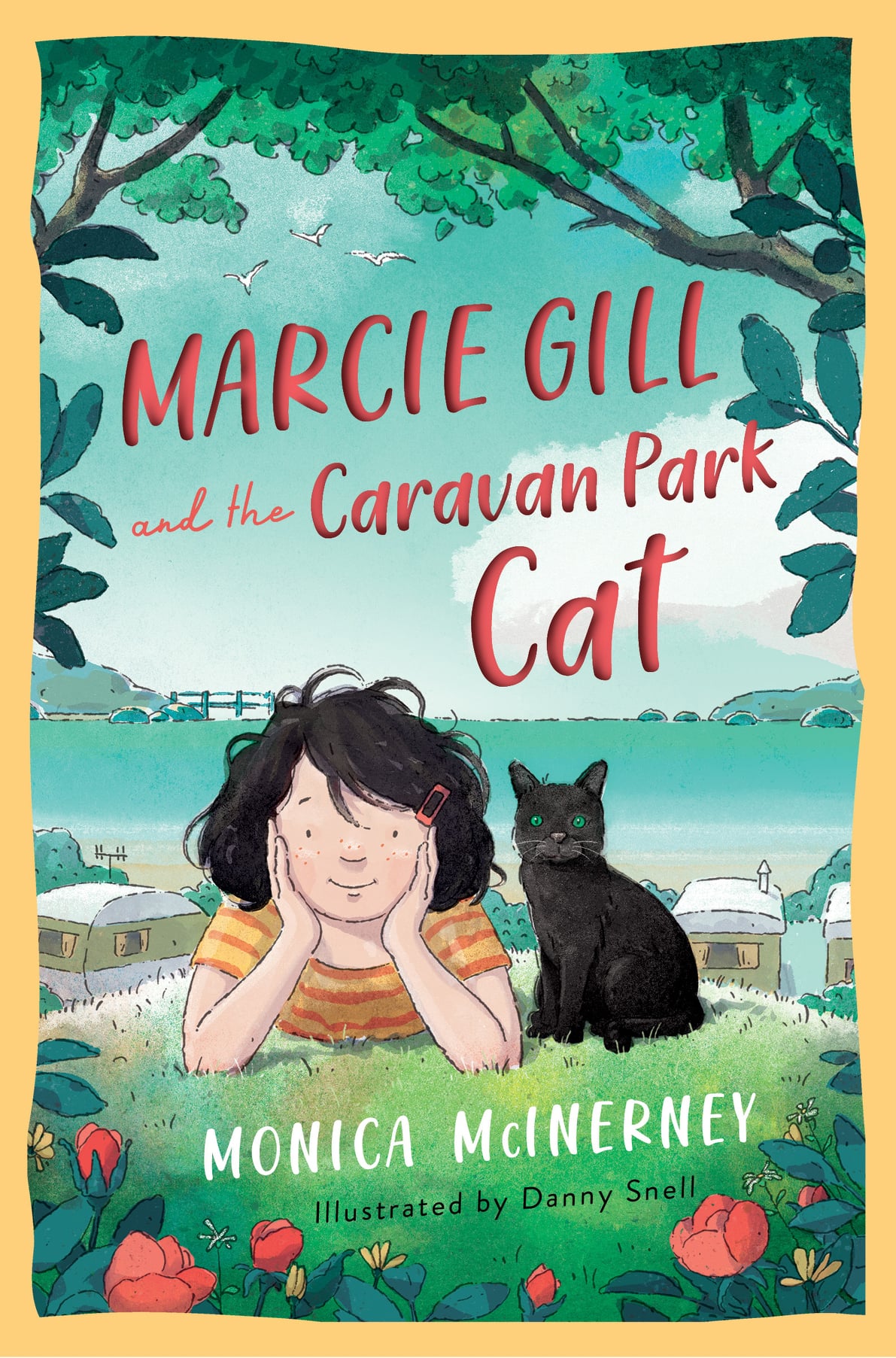The Real-Life Railway Children
‘They were not railway children to begin with,’ starts Edith Nesbit’s classic The Railway Children. Not in our case – we seven McInerneys were always railway children, our father the railway stationmaster in the Clare Valley of South Australia for thirty-five years. Our house was two hundred metres from the station. We looked out the side window at the shining railway line cutting through the chalky soil and gumtree covered hills. Our front garden was long and terraced, old railway sleepers used as dividers, the levels planted with gladioli, agapanthus and fruit trees by the stationmaster before Dad. From the garden you could look across to the platform and the station building. Dad used to drive to work. It took him about twelve seconds.
Above the front door was a white metal disc with 575 written in black paint, secured by two nails. It was a coding system the railways used for their houses around the state. The disc was taken down when the house was being painted one year and Dad put it away in his bedside drawer. He gave it to me one night, when we were in his room talking, just a few weeks before he died. It’s my keyring now.
Dad had worked for the railways since he was a boy of 14, starting as a porter and working his way up to the position of relieving station master. He was always on the move, in a city station one week, a tiny outback town the next. In 1955 he was in the country town of Burra in the mid north of the state for six weeks. My mother, then eighteen, was the telephonist in the local exchange. My father rang and asked to be connected to an Adelaide number. My mother put him through, then turned to her friend and said, ‘I’m going to marry the man with that voice.’ One year later she did.
They moved to Clare when Dad got the job as permanent stationmaster. Over the next twelve years the pair of them added seven children to the local population, four girls and three boys. Fortunately the stationmaster’s residence was a very big house. If there had been one less bedroom I might be short a couple of brothers or sisters today.
The house was made of sandstone, set on a hill, with a verandah running all around it, covered in ivy on one side and shielded by some other orange-flowered bush on the other. I don’t know the name of it, but if you pulled off the flower and sucked the end you’d get a little bit of sweet liquid and sometimes the fright of a bee flying out. There was a red corrugated iron roof and two rain tanks. It wasn’t so much a house as an adventure playground. All seven of us spent much of our childhood on the roof. To get up there, we climbed on a bucket, then on to a verandah railing, then gripped the gutter, swung three times to gain enough momentum to land with a thump on top of the raintank. It was just a step onto the roof from there. We played chasey up there, tearing round and round the four sides of the verandah roof, thrilling to the groans and creaks of the sheets of iron under our flying feet, oblivious to the dangers or our mother white faced and muttering Hail Marys down below. We sat in a row high on the top of the roof, perched like birds, waiting for motorbikes or pushbikes. When one came we would leap up and start waving our arms hysterically. The cyclist usually stopped. ‘Your wheels are turning round,’ we’d shout down, nearly splitting our sides laughing.
We held mini-Olympic Games in the station yard and along the railway tracks (events included the 100 metre railway line balancing race, the stockyard hurdles and the mini-marathon (three laps of the station building)). We’d divide into teams of either one or two members, choosing exotic countries to represent. One year my brother Stephen, representing Mexico, was starting to lose his lead in the third lap of the station yard marathon, prompting my big sister Marie (his team captain) to shout: ‘Come on, Stevie, pull up your socks.’ He stopped and did exactly that. I won instead, proudly singing what I imagined was the Lithuanian national anthem as I accepted my medal from my father, standing in as the president of the Olympic federation. The medals ceremony was held on the railway platform, the winners standing on empty milk crates on which we’d pinned signs saying 1st, 2nd and 3rd. The medals were round Lifesaver sweets strung on bits of cotton.
The railway tracks were more than sporting equipment. Between the ages of five and twelve the seven of us used the tracks to commit hundreds of crimes against the Australian Government, deliberately mutilating as many two, five and ten cent coins as we could get our hands on. We would check the timetable, line the coins up on the railway line and wait for the trains to pass, their heavy metal wheels squashing them into flat metal shapes. The excitement was in never knowing what the effect would be. Sometimes the pattern on the face of the coin would disappear completely. Other times it would be stretched, so the echidna on the five cent piece looked like it had a really long nose or the frill neck lizard on the two cent was very plump. Amazing things would happen to the Queen’s head on the flipside, too.
The station building was made from wood and stone. It was cold in winter and too hot in summer. A canvas water bag hung from a plum tree outside. After school we’d go over to say hello to Dad and, if it was hot, help ourselves to the warm, cloth-tasting water, pouring it from the bag through a canvas pipe into the tin mug that had to be put back on the hook afterwards. The platform was made from a mixture of gravel and tar that melted and went soft on the hot days. We would sit on the edge, feeling the heat on our bare legs, and pick out the stones, making sure to push them back in afterwards. There was a wooden stove that was lit all winter. Dad and his fellow workers all smoked inside, too, so there was always a smell of cigarette and wood smoke.
There was a waiting area, which was open to the weather – cool in summer, cold in winter. There were two toilets, side by side with big wooden doors, gaps on the top and the bottom, and metal latches that were too high for a kid to reach and not very secure either. The cubicles always smelt too strongly of disinfectant. There was a sign on the back of the doors that said ‘Keep door closed when entering and leaving’.
Inside the office the fittings were all wooden. The counter was a dark polished wood. I loved reaching up and sliding my hand back and forth along the top of it while I waited for Dad to finish a phone call and notice me standing there. There was a pencil sharpener attached to the side of the counter that made a whirring sound when you wound the handle, even if there wasn’t a pencil in it. Behind the counter were parcel racks, wooden slats attached to the wall, with the letters of the alphabet marked on the wood. There was a collection of different labels: Eggs-Fragile. Urgent. In Transit – each of them sticky backed and stored in open wooden pigeonholes. A friend of Dad’s made them out of old packing crates. I keep my CDs in them now.
In all our visits to the station we got to know Dad’s assistants, just as the fictional Railway Children adopted Perks the Porter. There was quiet Doug who always looked slightly panicky when I opened the door. I realise now he must never have known how many of my brothers and sisters would be following behind me. There was John Jones, at six foot eight the tallest man any of us had ever seen, who married the tallest woman any of us had ever seen. We wanted her name to be Joan and, like a gift, it was. There were casual workers over the years, too, men every bit as foreign to us as the Russian exile was to E Nesbit’s Railway Children – railway painters like Mr Louie, from Hungary or Czechoslovakia or Yugoslavia, who drew pictures of animals on the walls for us before he painted over them with the regulation railway cream and always had purple wrapped lollies to share around.
During the school holidays the seven of us searched for railway crimes to solve, disasters and near-crashes to avert, chances to be the heroes of the hour, even if we didn’t have red petticoats we could rip off and use as flags to alert train drivers to landslides and blocked tracks. We spent hours searching the bush and following the railway line looking for three abducted children called the Beaumonts, a famous case in Australia when we were young. Scraps of cloth or discarded rags beside the track became their clothes, a can thrown out of a passing train one they had drunk from, an old quarry was definitely where their abductor had thrown their poor bodies. We tiptoed around the lines and into the bushland, in a state of terror for weeks, convinced their bodies would be behind the next tree.
The trains didn’t come often for us: once a day in my childhood, three times a week when I was a teenager, stopping completely after the 1983 bushfires burnt the sleepers and hastened the decline of the SA rail industry. They carried passengers sometimes, but mostly freight – wool, wheat, live sheep. They also brought our books, in brown paper parcels of four, selected by a librarian in the Adelaide city library especially for country kids like us. Dad would call us over to the station on a Tuesday night after the train had been through and solemnly hand the parcels over, one by one, taking them off the M section of the parcel shelf and passing them across the counter as if we were regular customers.
Our Father Christmas came by train too. On a hot December day the train would pull up at the station platform, to the cheers and screams of all the waiting railway kids from the area. There were twenty or more of us, seven McInerneys alongside the goodsmen’s kids and the clerks’ kids. A tall, sweaty looking Santa would ho ho ho out of one of the carriages, a sack slung over his shoulder, and start passing out wrapped parcels. ‘Now, this next lot are for the McInerneys, let’s see if I can find you all, hands up then, Lea… Marie… Paul… Monica… Maura… Stephen, yes and lastly, little Robbie.’
‘How does he know all our names?’ I whispered once to my mum.
‘I don’t know. He must be very clever,’ she answered.
We’d unwrap the presents there on the platform, amazed that he’d brought exactly what we’d asked for and amazed at how similar the handwriting on the parcels was to our mum’s. As we played with our new toys – etch-a-sketch, bats and balls – I’d see Father Christmas roll his eyes at my father, muttering about the heat and that he could bloody murder a beer and why the hell did they expect him to wear the full suit in this weather, surely an Aussie Father Christmas should be wearing shorts? It didn’t surprise me that Father Christmas knew my Dad well enough to say things like that to him, or to accept a cold beer from him before the train left for the next station. My dad knew everyone in the railways. Catching a train with him was a social event. Dad got free tickets once a year to take a couple of us kids on a trip to anywhere in Australia. I got taken to Sydney with my brother Paul in the Indian Pacific when I was ten. The first thing Dad did was seek out the conductor. The man’s face split into a grin. ‘Steve McInerney, you old bugger, how are you? Which of your horde is this?’
I shyly pressed against my Dad as he introduced me. I got a hair ruffle, and then special treatment for the rest of the trip. Three of us in one sleeper cabin was a tight fit so my brother and I spent most of the time in the lounge car, being fed bags of potato chips and orange juice, listening to Dad tell yarns as he sat at a formica table beside the tiny bar and the out of tune piano.
The last few years in the railways weren’t good for my Dad. I was living in London by then, a nineteen year old more concerned with staying up all night and seeing bands than thinking about country railway stations. I heard afterwards that there had been a battle of wills. The accountants wanted to close the station. My father disagreed. He knew how shortsighted it was not to have maintained the tracks or repaired them after the bushfires. He had three years to go until retirement and he wasn’t going anywhere. They reached a stand-off. My father kept going to work, every day, as punctual as ever, long after the trains had stopped running and the parcels being delivered. There was nothing for him to do, but he kept turning up anyway. That’s what stationmasters did.
Dad died in March 2000. He died at home, in his bedroom in the railway house, with his wife and five of his children with him, and the other two on their way. We were able to keep his body at home for nine hours after he died, to say a gradual goodbye. The number was very important to me: one hour for each member of our family. We held a wake in his room that night after he had gone – we pulled mattresses into the room, where all of us had visited so many times as children to climb into bed with mum and dad after nightmares, only to find another kid had got there first. We had been given facts of life talks in that room, tellings-off, sat talking over bottles of beer. That night we talked and slept and cried in there.
The morning of his funeral the undertakers brought him back to the house again for a final visit. Afterwards, all seven of us children carried his coffin out of the house, through the gate, to the hearse. He’d often said ‘The only way I’m leaving this house is when I’m carried out.’ He was right, to the end.
The hearse drove by the railway yard on the way to the church. The railway station building wasn’t there any more. Nor were the railway tracks. The building had gone to ruin and been bulldozed and the tracks had been pulled up long before. It didn’t matter. We could still see them.
(Published in the Independent, Australia; Evening Herald, Ireland and The People’s Friend, UK.)
(Copyright Monica McInerney 2014)
